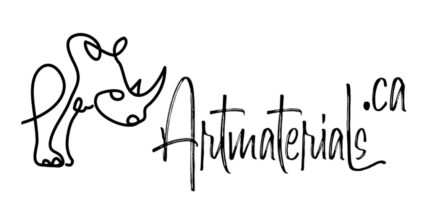- You have no items in your shopping cart
- Continue Shopping

After Iron Oxide Yellow (PY42-43) by the number of variations in colours, another iron oxide goes – Iron Oxide Red (PR101-102). Even though PR101 and PR102 have different indexes, both describe the same iron oxide red with the only difference: PR102 is natural and PR101 is a synthetic, or man-made one.
PR102 is mostly manufactured by the calcination of hydrates of iron, and depending on the time and amount of calcination the colour can vary from yellow-orange and brown to violet-red. Although most PR101-102 colours are opaque, iron oxide red can show different grades of transparency, from transparent to very opaque one with very strong tinting properties.
The most common names include English Red, which is a kind of bright brick colour. The name of the colour comes from the military uniform that was officially adopted in England in 1645. Beyond the symbolic meaning, the choice of red colour had also financial reasons – red colour was the cheapest one available back then as it technically comes from mineral clays. Officer’s coats were bright red, and soldier’s coats were of rather brick colour, the same as traditional English red.
A lot of iron red colours have “Mars” as a prefix because in alchemy, the “Red Planet” Mars is standing for iron as an element. Usually, Mars colours describe transparent versions of PR101-102.

Very beautiful caput mortuum colour doesn’t sound too optimistic. It comes from Latin caput mortuum meaning “death’s head”. Alchemists used this term for the ultimate remains of an alchemical process signifying something not changeable and as a result worthless to them. Caput mortuum represents a violet semi-transparent version of Iron Oxide Red.
According to another version, caput mortuum colour refers to olden times when the colour was manufactured using ground-up pieces of mummies. Europeans began manufacturing caput mortuum back in the early 16th century. At the time, there was a thriving trade in mummified remains between Egypt and Europe. Paint manufacturers kept producing organic caput mortuum until the beginning of the 20th century when the usage of the colour dropped off due to ethical reasons. Then this colour was replaced by its synthetic cousin – Iron Oxide Red.
In ENL Watercolours you can find many colours made with PR101-102 as mono pigment use, from bright red-orange (Ercolano red) to transparent violet (Cocoa Rosso Natural). And, of course, no mummies or zombies were used to make these colours.




